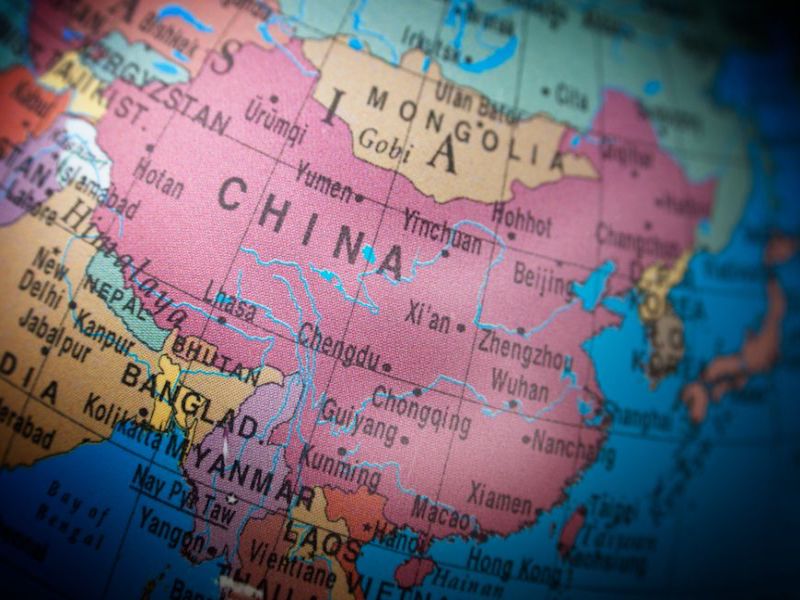

China’s debt problem is serious, but the risk of a hard landing or banking crisis is, in my view, low. The reason is that the potential bad debts are corporate, not household, debts and were made at the direction of the state—by state-controlled banks to state-owned enterprises, as part of a stimulus in response to the global financial crisis. Additional positive factors are that China’s banking system is very liquid and that the process of dealing with bad debts has begun.
Understanding the composition of China’s debt is important to evaluating the seriousness of the problem. A key factor is that the Chinese household debt-to-GDP ratio (considering non-financial debt only) is relatively low, about 54 per cent, compared to 75 per cent in the U.S., 87 per cent in the U.K. and 58 per cent in the eurozone as of March 2019.
Moreover, the largest share of Chinese household debt is home mortgages and these are far safer than the mortgages that created significant problems in the past decade for households in the U.S. and U.K. For example, about 90 per cent of new homes in China are bought by owner-occupiers (not speculators) who are required to pay a minimum of 20 per cent cash to receive a mortgage — and mostly pay 30 per cent cash—far from the U.S. median cash down payment of two per cent of the purchase price in 2006.
It is also worth noting that Chinese families have a very high savings rate, with household bank deposits equal to about 80 per cent of GDP. The absence of a large consumer debt burden should make China’s overall debt problem much easier to manage and make the debt reduction process much less painful.
China’s real problem is corporate debt. The ratio of non-financial corporate debt-to-GDP jumped from 98 per cent to 121 per cent in the three years after the global financial crisis stimulus began and then continued to increase. Now at about 155 per cent, China’s corporate debt-to-GDP ratio is one of the highest in the world. Dealing with this will be a serious challenge.
But it is important to understand that about two-thirds of corporate debt is owed by state-owned enterprises to state-controlled banks. As a result, while the debt burden is significant, the risk of default or systemic crisis is not.
In recent years, modest progress has been made in dealing with the SOE debt problem.
Investment by SOEs in the industrial sectors responsible for the majority of the debt burden has been declining over several years, alleviating some of the pressure. The state sector has also been reducing employment, which enables some SOEs to shut down inefficient or unused capacity, some of which had been kept operating simply to protect jobs. During Xi Jinping’s first five-year term as head of the Communist Party, three million jobs at industrial SOEs were eliminated, a decline of 16 per cent.
As a result of these changes, China’s overall debt-to-GDP ratio stabilized since the second quarter of 2017. However, as the monetary policy was eased slightly to offset the effects of trade tensions with the United States, the debt ratio increased modestly in the first half of 2019.The most important difference between China’s debt problem and past debt problems in Western countries is that in China, there is little private-sector participation in debt creation. There are no privately-owned banks involved, so there is no mark-to-market pressure. As a result, the Chinese government has the luxury of being able to control the timing of when bad loans are recognized and dealt with.
And there has been some progress in dealing with bad loans. Over the past two years, there has been a material acceleration in the formation of non-performing loans at China’s banks, as well as a comparable acceleration in write-offs of bad loans.
It is also worth noting that, as touched on above, China has one of the world’s highest savings rates. This probably influenced the rapid growth in bank lending, and it also means that the banking system is unlikely to experience a liquidity squeeze.
The key risk, then, is government policy. Over an extended period of time, if the government were to fail to reduce the growth rate of new credit to SOEs in overcapacity sectors, the scope of the debt problem would expand and the cost of cleaning it up would jump. If the government were to reverse the initial steps underway toward managing the problem—recognizing and writing-off non-performing loans; reducing capacity and jobs—that would lead me to reconsider the impact of the debt problem on China’s economic prospects.
Another policy mistake would be if the central government were to fail to control the future growth of debt by local government finance vehicles. Given the implicit guarantees extended by the central government to these vehicles, runaway spending by them would create a much larger problem.
Cleaning up China’s debt problem will be expensive, but this process is likely to result in gradually slower economic growth rates, greater volatility and a higher fiscal deficit-to-GDP ratio, not the dramatic hard landing or banking crisis scenarios that make for a sexier media story.
